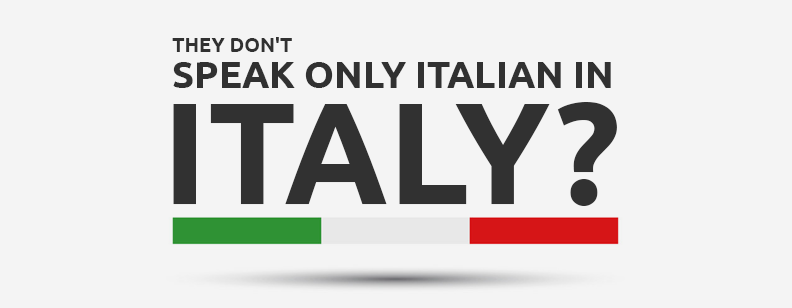Now, in the modern times, it is quite easy to speak Italian. Standard Italian is quite easy to speak just think back to when Italy was unified: 1861! Until then, what we now call Italy was just lots of different states, and each one had their own language or dialect. For several reasons like its literary prestige, amongst others, the Tuscan/Florentine dialect was taken as the language of modern Italy, but its standardization was slow.
Until 20th century, Italian wasn’t widespread and spoken by everyone in Italy but today it has around 60 million people. Italian was a late adaption, some dialects survived despite being spoken only in small and remote regions. Here’s a list of the most common regional languages and dialects you’ll find in Italy nowadays.
Are you looking for Italian Translation? We are here for your assistance.
1. Franco-Provençal and Occitan are spoken in the West of Italy because of its closeness to the Provence and Occitane regions in France. They are one of the few languages recognized as “proper languages” by the Italian government, and they are co-official languages. They are in theory dying out languages according to the UNESCO.
2. Friulian and LadinFriulian is spoken in North-Eastern Italy, near the border with Slovenia. It is recognized by the Italian government and has about half a million speakers, they will all speak Italian as well! Friulian has the same origins as Ladin, which is another regional language, with approximately 30,000 native speakers. Ladin is taught in primary schools, but all its speakers are bilingual.
Read Also: Italian Language Translation
Want to hear the dialects in action? Watch Star Trek dubbed in Friulian and the news in Ladin.
3. Venetian is a Romance language spoken in the region of Veneto (the capital is Venice) by about 2 million people . It is similar to Italian, French and Spanish, and is basically similar and easy to comprehend with its neighboring languages. Although it had a certain prestige in the past, nowadays it has no official recognition.
Take a look at how we helped our client by localizing their project for Italian language. Click here to read the complete case study



